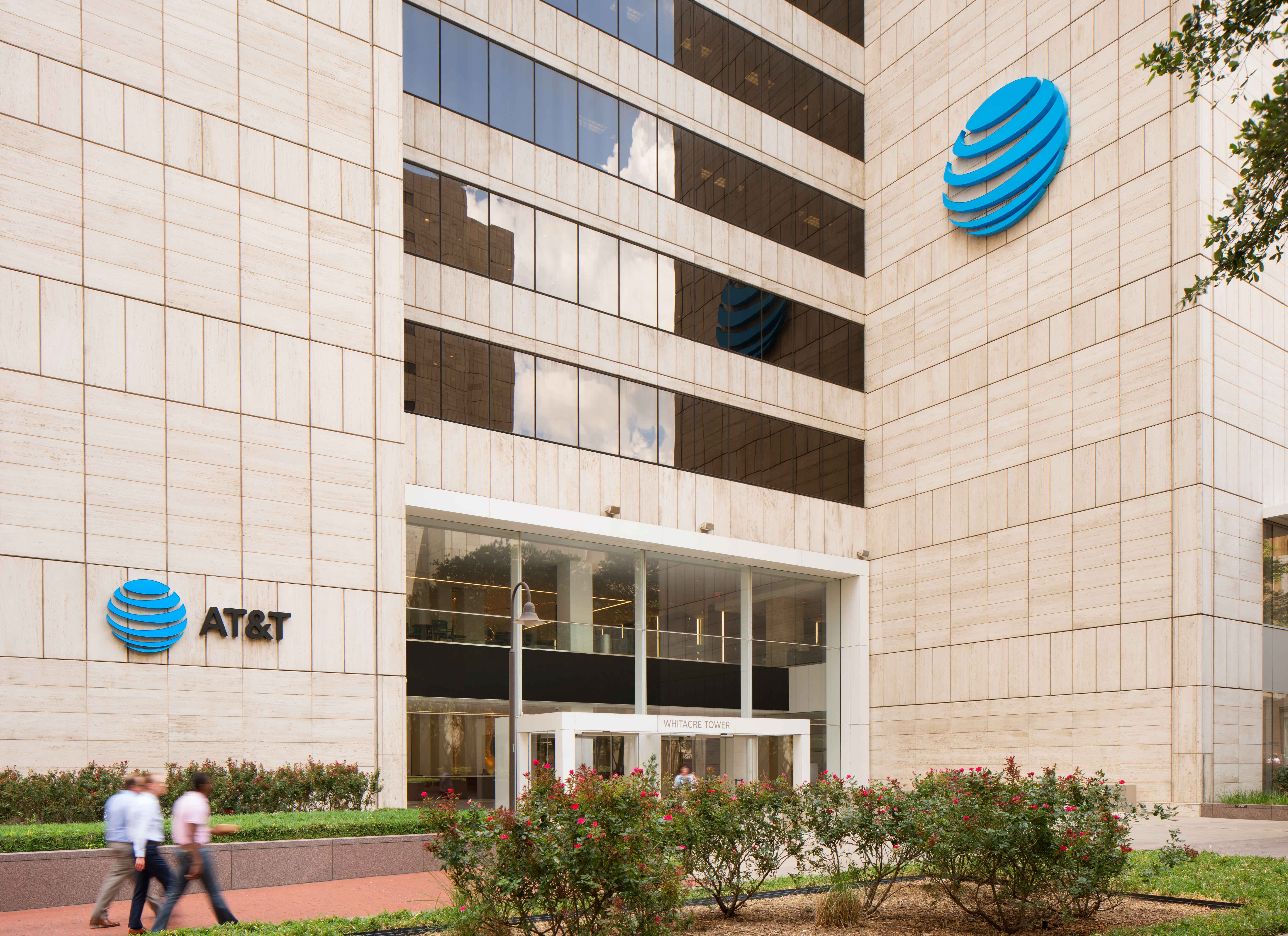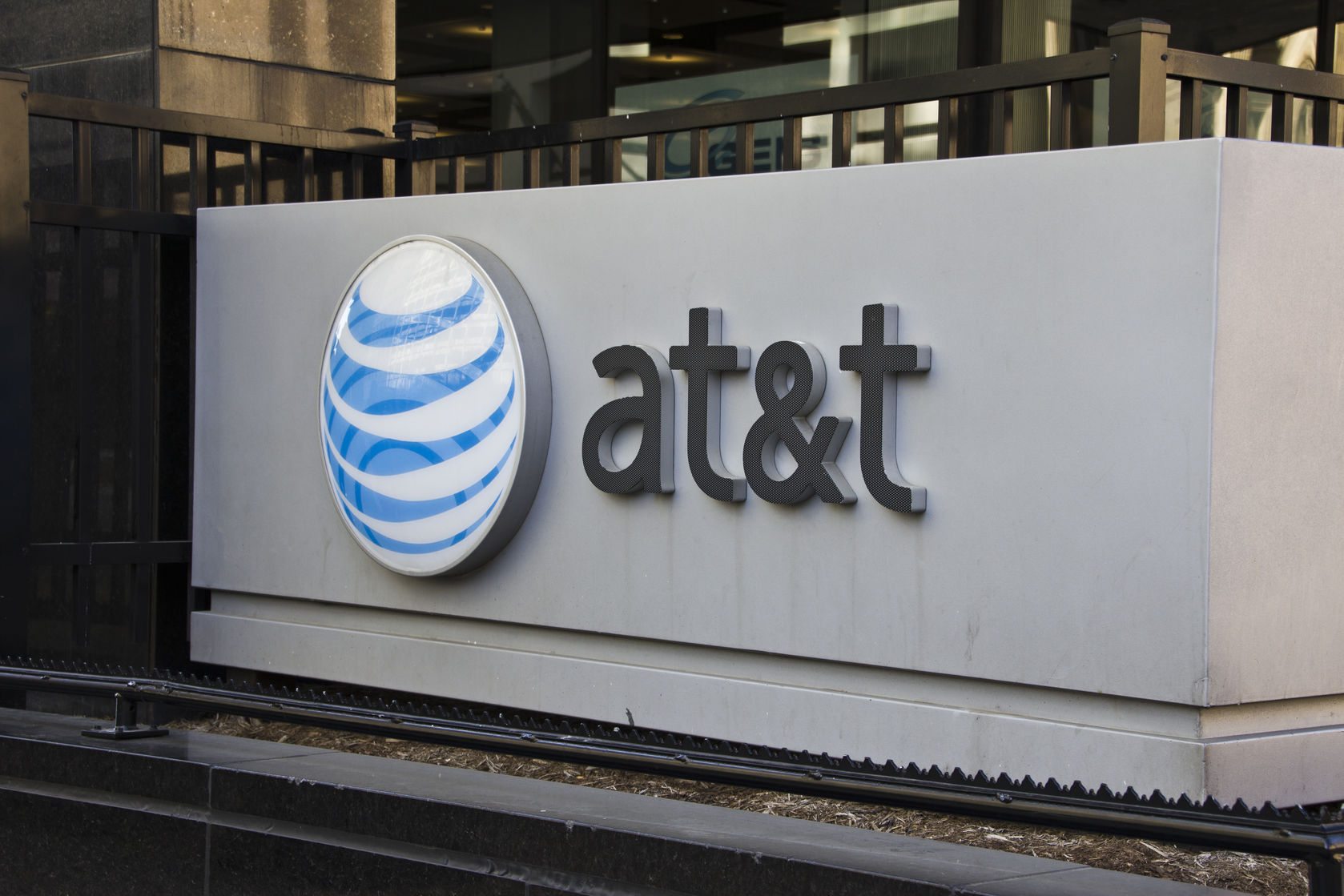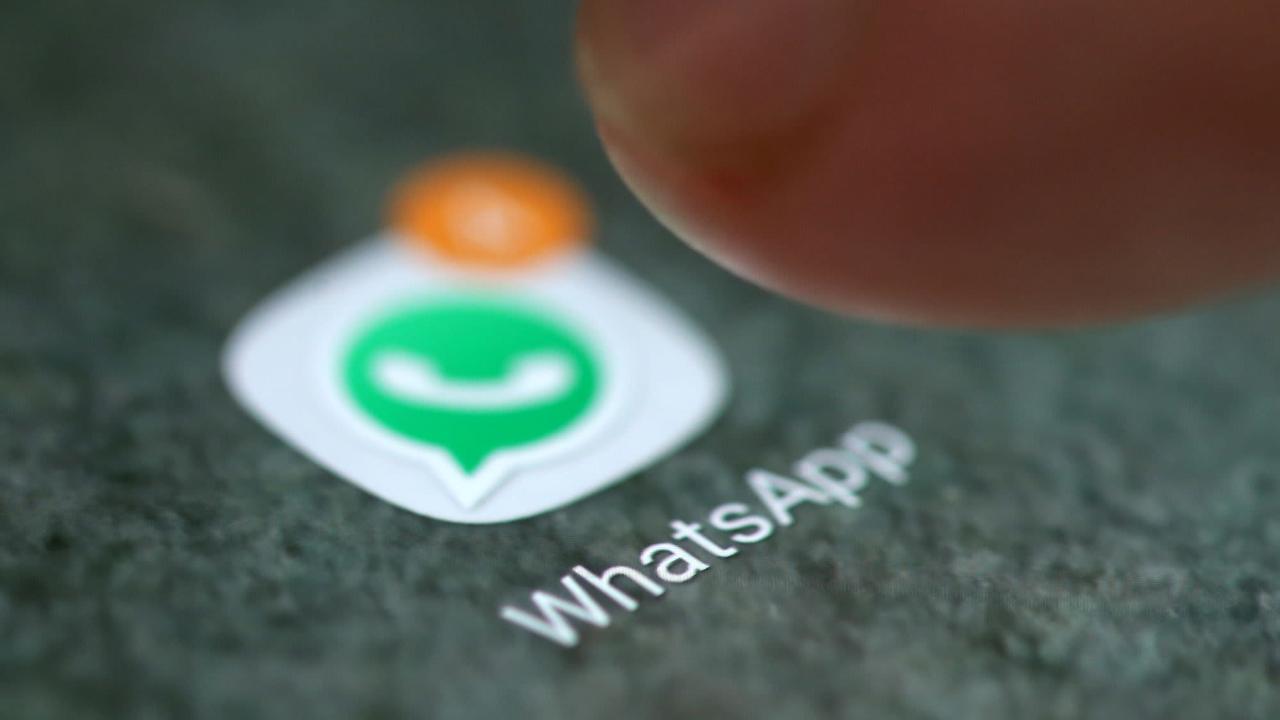Upgrading your sprinkler system can save you a lot of time wrestling with hoses and produce a greener lawn, but can it save water? Many jurisdictions in the US face water rationing in late summer thanks to receding snowpack upstream. As climate change progresses, homeowners will need to find modern solutions to modern problems. Smart sprinkler systems (aka smart irrigation systems) like Rachio Iro promise to perfectly water your plants based on a schedule and local weather while keeping you up to date via a companion mobile app. Let’s see if there’s anything beyond mere convenience with products like this.
Smart sprinkler systems are fairly straightforward products. After replacing your existing sprinkler controller and mimicking the old wiring setup, you use your smartphone to give the controller access to your home Wi-Fi network. This way, it can connect to the internet for relevant data, give remote access, and connect to other devices. If you’ve installed a smart thermostat, it’s very similar.
How much water is used in gardens?
Americans use an average of 300 gallons of water every day, and about 30% of that use is outdoors. That 90 gallons a day works out to 32,850 gallons of water used every year in the garden. Of course, home gardens vary wildly in size and composition, so you’ll need to set up water meters on your outdoor faucets to get a real sense of your current usage.
How much water do smart sprinkler systems save?
The amount of water saved by a smart sprinkler system will depend a lot on your climate zone, garden size, and present usage. Even in relatively cool, rainy areas, a smart sprinkler system may save you water if you’re prone to going overboard. That said, hot, dry areas to the south are more likely to be subject to water rationing, where a smart sprinkler system will serve you best. Rachio claims their latest smart watering system saves users 20% to 50% on their water usage.

Can smart sprinklers save you money?
Given the aforementioned increases in water prices, a smart sprinkler system that only kicks in when it’s needed can absolutely save you money. The EPA estimates the US would save about 390 billion gallons of water and $ 4.5 billion in water costs if every home just switched from an automatic sprinkler system to a smart sprinkler system. Recent studies show that the combined costs of water and sewage have increased by 80% between 2010 and 2018. Considering how things are going, you can count on inefficient sprinklers being an even bigger cost to you in the future.
What benefits are there to smart sprinkler systems?
On the surface, smart sprinkler systems water your lawn so you don’t have to. This is essentially the function of a timer, ensuring that your lawn gets watered at set intervals. This isn’t particularly smart, however.
The intelligence comes in when these systems start reaching into the cloud to access local weather forecasts. With that, they can apply predicted sun, wind, humidity, and precipitation data to the watering schedule. Even more locally, sensors in your yard can inform your system about soil quality, sun exposure, and recent precipitation.
By manually informing the system about the plants in your garden and the slope of the terrain, you can get highly granular with the treatment each area receives. Tie in your usual home assistants like Google Assistant, Siri, and Alexa, and you can create helpful automations, like the sprinklers turning off when you’re pulling up to your front lawn.
Are smart sprinklers worth it?
eligible for rebates in many areas. Installation of these systems is very simple. You’re not only likely to save water and money with a smart sprinkler system – you’ll also have a nicer-looking garden because it won’t be getting over- or under-watered. So yeah, smart sprinklers are worth it.
Editors’ Recommendations













